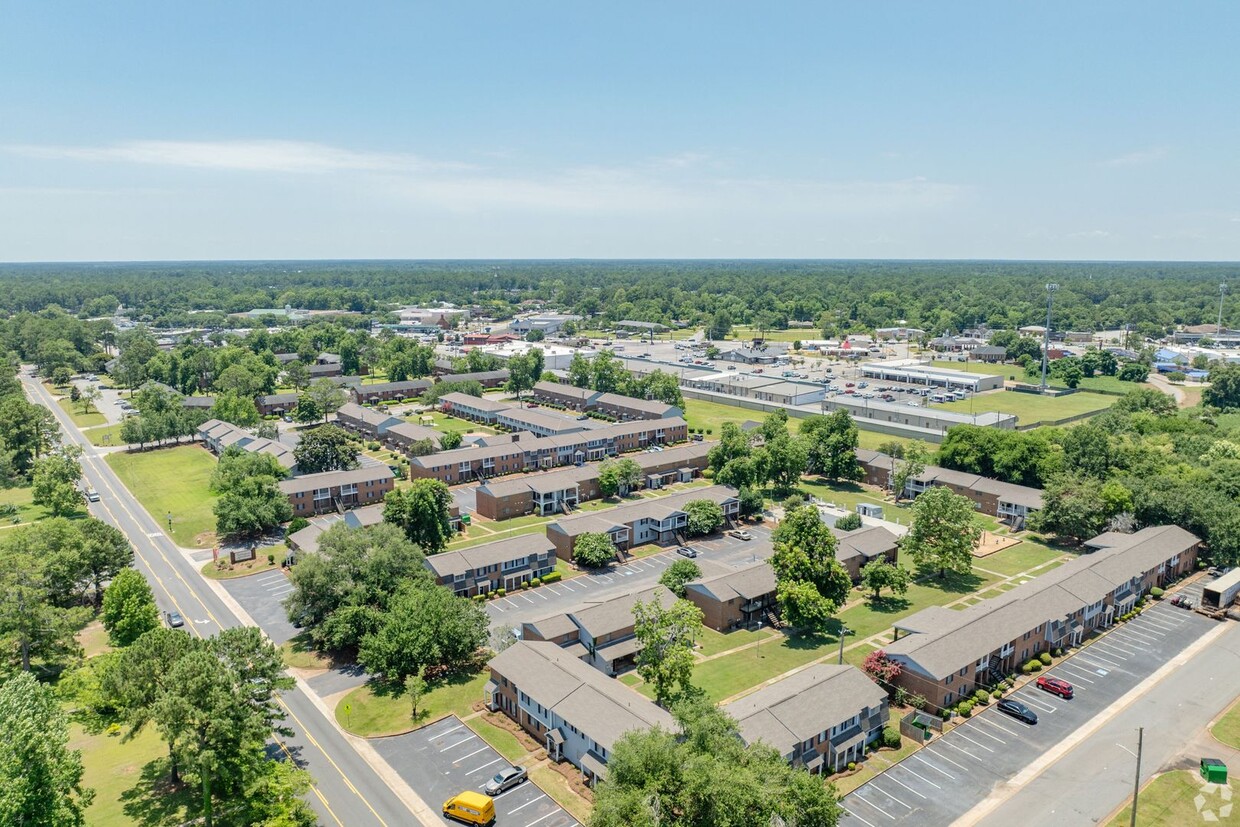10 Ways to Invest in Affordable Housing
10 Ways to Invest in Affordable Housing
Affordable housing continues to be one of the top issues for the U.S. housing market. Prior to the housing market boom of the last two years, there was an estimated shortage of seven million affordable homes. But with the last two years of record home price and rental growth, the gap in affordable housing supply has only widened.
Thankfully, there are ways to invest in affordable housing without compromising your bottom line. Here are 10 ways to invest in affordable housing and become a part of the solution.
You don’t have to own or rent real estate to participate in affordable housing. Thankfully, several real estate funds and private real estate investment trusts (REITs) focus on affordable housing. The largest and most popular private REIT is Blackstone Real Estate Income Trust (BREIT), managed by Blackstone Group (NYSE: BX), which has allocated $1 billion to affordable housing. Raymond James (NYSE: RJF) is another major contributor to this movement, having invested $13 billion to deliver 150,000 units across 48 states.
Many people aren’t aware that the growing generation of people 65 and older is among the most cost-burdened when it comes to housing. Healthcare REITs can offer an array of senior housing solutions to help reduce the housing burden for seniors by adding inventory and delivering more affordable units to choose from. (Public REITs like Omega Healthcare (NYSE:OHI) largely serve Medicaid and Medicare patients in senior housing communities and skilled nursing facilities).
Mobile homes are a great alternative housing solution that can offer more affordable pricing for renters and homebuyers. Sun Communities (NYSE:SUI) — the largest mobile home, RV, and marina resort operator in the U.S. — is a great way to gain exposure to this industry. The company offers homes for rent and sale with the option to purchase a home down the line, even if buyers start out as renters. Its rental units usually offer 25% more space for 50% of the cost of a traditional home rental, while its home prices are around 3 times less than the median home price.
Independence Realty Trust (NYSE:IRT) is one of the smaller multifamily REITs out there with a unique focus on Class B apartments in suburban markets surrounding major metros. These slightly older, more outdated buildings are rented for a fraction of the price of brand-new Class A apartments.
Fractional investing is another great option for those wanting to invest in a specific property or opportunity. Using a crowdfunding platform like Cadra or Crowdstreet, investors can pool funds to invest in a fraction of an affordable housing property.
If you actively own multi-unit rental properties, consider turning them into mixed-income properties where a portion of the rental units are for those who earn 30% or less than the area median income (AMI). Studies have shown that mixed-income units can benefit the surrounding community, help raise the area’s median income, and positively impact the building’s lower- to middle-income earners.
Many people think they have to sacrifice their return to participate in affordable housing, but thanks to several local and federal programs, landlords can receive subsidies to offset the difference in earnings. The Low-Income Housing Tax Credit (LIHTC), for example, pays investors for developing or renting units to low-income households.
Investors can also rent to those participating in the Federal Section 8 voucher program. Through Section 8, the government helps subsidize the difference in market rent and what the tenant can pay, sending the landlord a check each month without reducing the rental amount charged.
Local tax credits and programs often can be used in conjunction with federal programs to help offset development costs or losses in revenue that may be incurred from having a mixed-income or low-income housing property. Check with your county’s housing authority to see what programs might be available to you.
Incremental rental increases are a part of the business. You should adjust your rent not just to reflect changes in costs like rising property taxes or insurance but also to be closer in line with market rent. However, dramatic jumps in rental rates, particularly for renewing tenants, make housing unaffordable and can contribute to higher rates of homelessness. The ideal range for annual rent increases is between 2% and 5%. However, if the rent has grown tremendously or high inflation has pushed your costs higher, you can adjust accordingly — just try to stay below 10%.
Real Estate – The safest investment in the world. Why venture down this road alone. Rely on those that know the business, We live it and breath it – at SIMM Capital our investment strategy is to give everyone the chance to build wealth through real estate. We seek the best assets that hold the largest opportunities to improve on management and value, while delivering in rent growth year over year that will result in high quality returns. We know the business. To see how we can help you click the link – www.simminc.com




Recent comments